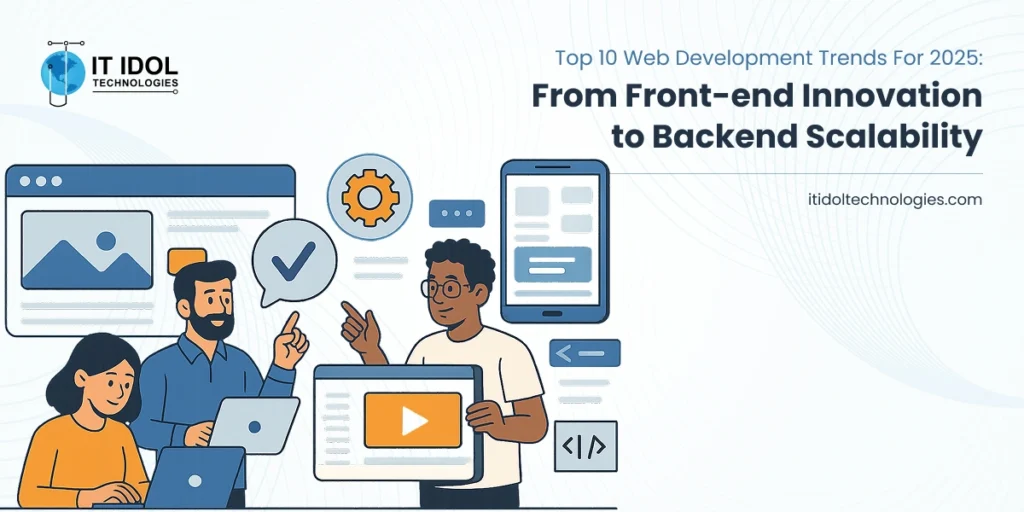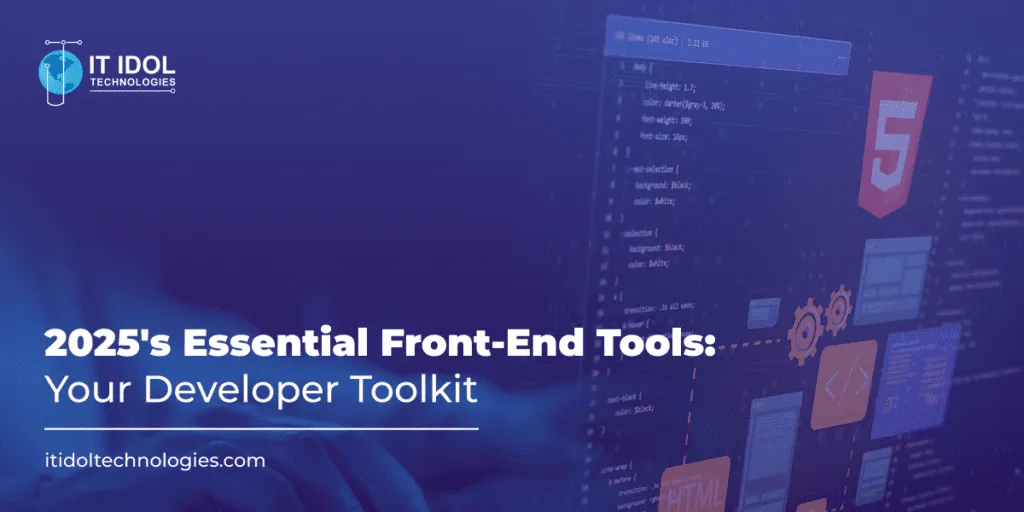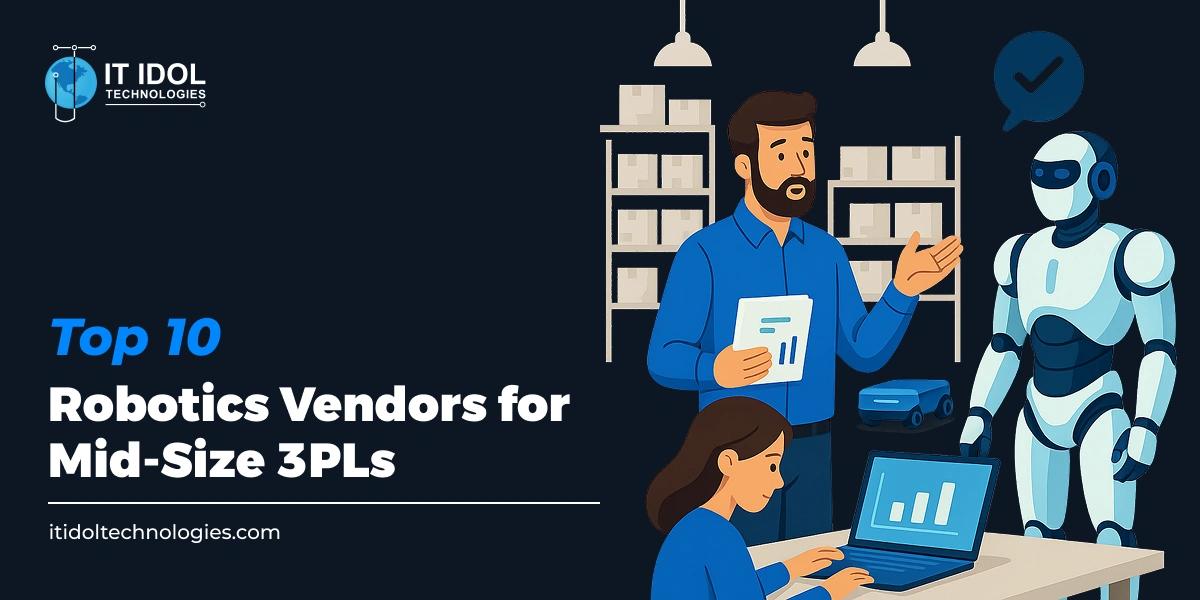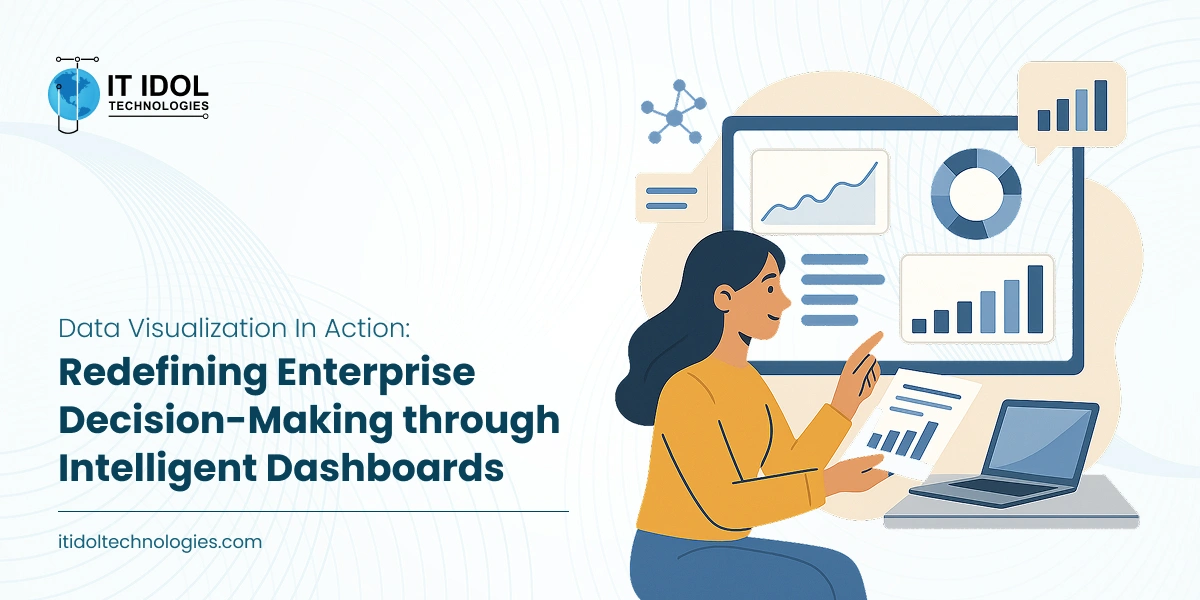TL;DR
- Web development in 2025 is being redefined by AI-powered coding, micro-frontends, WebAssembly, and serverless / edge computing.
- API-first, headless CMS, and microservices architecture enable scalable, modular backends.
- Low-code / no-code platforms broaden access while observability and security get tighter.
- Start building using a future-ready web stack: evaluate your architecture, embed AI tooling, and prioritize modular infrastructure.
Digital leaders increasingly feel a sharp tension: how to accelerate product velocity without sacrificing scalability, performance, or maintainability.
In 2025, that tension is being resolved through a new wave of web development trends, ones that aren’t just incremental but transformational.
According to DesignRush, modern dev teams are leaning heavily into serverless, edge architectures, and low-code platforms.
If your team is still debating whether to refactor a monolith or invest in AI-assisted coding, you’re not alone, but waiting comes at a cost. Slow feedback loops, unpredictable load behaviour, and technical debt stall innovation.
This blog unpacks the top 10 web development trends for 2025, offering you a strategic lens to future-proof your web stack. By the end, you’ll have a clear perspective on where to invest, what to pilot, and how to win in a fast-moving digital environment.
Current Landscape & Challenges
In many organizations today, web development workflows are still anchored in legacy practices. Monolithic backends, monolithic deployment, or tightly coupled UI layers slow down iteration.
Even with modern frameworks, teams struggle with productivity bottlenecks, code duplication, and long release cycles.
Meanwhile, user expectations continue to escalate: performance must be instantaneous, experiences hyper-personalized, and architecture must be resilient under unpredictable traffic.
Today’s infrastructure is shifting rapidly. According to DesignRush, serverless adoption has surged, with more than 75% of enterprise workloads running on functions-as-a-service in 2025. Edge computing is also rising, reducing latency by processing data closer to users.
Security and scalability remain major friction points too. As digital transformation accelerates, many organizations struggle to embed robust security within modular architectures, particularly with distributed front- and back-end services.
These pressures create both risk and opportunity: companies that fail to adapt may fall behind, while those that reengineer now can leapfrog competitors.
Core Insights & Frameworks
Here are the top 10 web development trends for 2025, organized into four strategic themes. Each insight includes what’s driving it, real-world implications, and a takeaway for decision-makers.
1. AI-Powered Development & Coding Automation
AI is no longer just a helper; it’s becoming an essential partner in the development lifecycle. Tools like GitHub Copilot, Amazon CodeWhisperer, and other generative systems are now embedded into IDEs, CI/CD pipelines, and QA workflows.
Why it matters:
- Speeds up boilerplate code generation
- Suggests architecture improvements
- Predicts bugs and accessibility issues before deployment
Takeaway: Adopt AI tools incrementally, starting with code completion and debugging, then expand into architecture suggestions. Invest in governance around how AI-generated code is reviewed and maintained.
2. Component-Based & Micro-Frontend Architectures
Frontend teams are embracing modular, component-based development (e.g., React, Vue, Svelte), but the real leap is toward micro-frontends.
Why it matters:
- Enables independent deployment across feature teams
- Reduces complexity in large-scale apps
- Promotes reuse and consistent UI
Takeaway: If your organization runs a large-scale web app, pilot a micro-frontend structure. Use Storybook or similar tools to document and coordinate your component libraries systematically.
3. WebAssembly (WASM) for High-Performance Workloads
WebAssembly is gaining traction as browsers support it natively. Developers are writing performance-critical modules (e.g., gaming, media, ML inference) in Rust or C++, compiled to WASM, and run directly in the browser.
Why it matters:
- Near-native execution speed
- Reduced reliance on JavaScript for computation-heavy tasks
- Enables richer experiences (3D, simulation, real-time)
Takeaway: Evaluate using WASM for specific use cases where performance bottlenecks exist or need optimization. Build a proof of concept for modules with heavy computation or tight latency constraints.
4. Serverless & Edge Computing for Scalable Backends
Serverless (FaaS) and edge computing continue to transform backend infrastructure. According to DesignRush, by 2025, serverless functions will power a significant share of enterprise web architecture.
Why it matters:
- Scales dynamically with demand
- Reduces operational overhead
- Lowers latency by processing data closer to users
Takeaway: Shift event-driven workloads (auth, image processing, background tasks) to serverless. For customer-facing APIs or real-time interactions, explore edge deployment to reduce latency and improve responsiveness.
5. API-First Development & Microservices
Modern applications are built with an API-first mindset, designing APIs before writing backend logic. Combined with microservices, this enables modular, scalable systems that can evolve independently.
Why it matters:
- Better decoupling of front-end and back-end
- Easier third-party integrations
- Teams can own and deploy services independently
Takeaway: Embed API-first design in your software architecture guidelines. Build a best-practice API governance model (e.g., OpenAPI/Swagger) to standardize how your services communicate.
6. Headless CMS and JAMstack
Headless CMS platforms (like Contentful, Strapi, and Sanity) decouple content from presentation, enabling flexible content delivery across channels. Paired with JAMstack (JavaScript + APIs + Markup), this architecture reduces complexity, enhances performance, and improves scaling.
Why it matters:
- Seamless omnichannel content delivery
- Faster page load and SEO performance
- Developers can build independently
Takeaway: Migrate legacy CMS to a headless setup if omnichannel content is strategic. Combine with JAMstack to deliver performant, scalable sites, especially for marketing, SaaS, and editorial platforms.
7. Low-Code / No-Code Platforms
Low-code/no-code development is surging. Gartner projects that by 2025, 70% of new applications will be built using such platforms.
Why it matters:
- Empowers non-engineer teams
- Accelerates prototyping and MVP launches
Takeaway: Use low-code tools for internal apps, dashboards, or rapid MVPs, while maintaining core engineering resources for mission-critical services.
8. Enhanced Observability & DevOps Automation
Modern web teams are embedding observability and AI-powered debugging directly into CI/CD. Observability (logs, metrics, traces) is now non-negotiable.
Why it matters:
- Faster bug detection & resolution
- Proactive performance monitoring
- Reduced incident response times
Takeaway: Ensure your observability stack (e.g., Grafana, OpenTelemetry) is integrated into your pipelines. Combine with AI-assisted bug detection to automate critical parts of incident response.
9. Security by Design & Zero-Trust Architecture
As web apps scale and decentralize, security must be baked in, not bolted on. Expect more adoption of zero-trust models, built-in SSL, and AI-powered threat detection.
Why it matters:
- Improves resilience against breaches
- Minimizes risk across microservices
- Supports compliance and trust
Takeaway: Adopt a zero-trust architecture for both frontend and backend. Use AI tools for threat detection and automated remediation to stay ahead of evolving risks.
10. Progressive Web Apps (PWAs) & Offline-First Design
PWAs continue to grow in relevance. They offer app-like experiences, offline access, background sync, and push notifications.
Why it matters:
- Better engagement and retention
- Reduced dependency on native apps
- Seamless offline behavior
Takeaway: For customer-facing web applications, evaluate PWA adoption. Use service workers and smart caching strategies to ensure smooth offline experiences.
Future Outlook
Over the next 1–3 years, we can expect these trends to converge even more powerfully. Gartner forecasts that by 2026, edge processing will handle a majority of enterprise data, further decentralizing backend logic. AI, especially generative models, will evolve to suggest full architectures, not just snippets.
Meanwhile, micro-frontend ecosystems and WebAssembly could become mainstream, powering real-time, immersive web apps with near-native performance.
Finally, low-code adoption will democratize web development, enabling business teams to ship internal tools while engineering focuses on large-scale, mission-critical capabilities. The result? Web stacks that are modular, adaptive, secure, and designed for speed.
Actionable Takeaways / Mini Framework
Here’s a practical framework for leaders who want to act:
- Audit your current stack: Map where your architecture is monolithic, lagging, or hard to scale.
- Pilot strategically: Select 1–2 trends (e.g., micro-frontend, AI tooling, PWA) to run a proof of concept.
- Govern for growth: Define architecture principles (API-first, zero trust) and build a governance model (standards + shared tooling).
- Embed observability: Integrate logs, traces, and metrics into your CI/CD, and layer on AI-driven diagnostics.
- Decentralize wisely: Shift backend workloads to serverless/edge, while enabling business teams with low-code.
Conclusion
Web development in 2025 is not just about writing better code; it’s about rethinking architecture, workflows, and partnerships between AI and engineers.
The most forward-looking companies will treat their web stack as a strategic asset, not just infrastructure. By adopting AI-assisted development, modular frontends, WASM, and scalable backends, you position your organization to innovate faster and operate more resiliently as demands grow.
If you’re a CXO or innovation leader, start by convening your architecture guild, charting your pilots, and defining your scalable web roadmap.
Want help building a future-ready web architecture? I’d be happy to walk you through a tailor-made assessment or roadmap workshop.
FAQ’s
1. What are web development trends for 2025?
The top trends include AI-powered coding, micro-frontends, WebAssembly, serverless & edge computing, API-first development, headless CMS, PWAs, low-code/no-code platforms, observability, and zero-trust security.
2. How does AI-driven web development improve productivity?
AI tools like GitHub Copilot and CodeWhisperer can write boilerplate, suggest architecture improvements, detect bugs, and optimize accessibility, reducing development cycles and error rates. (AppsInsight)
3. Why is WebAssembly important for front-end performance?
WebAssembly allows computation-heavy code (e.g., Rust or C++) to run in the browser near-native speed. This enables richer, more performant web experiences. (MoldStud)
4. What benefits do micro-frontends provide?
Micro-frontends let teams build and deploy independent slices of the UI, improving modularity, scalability, and release speed. (GeeksforGeeks)
5. How does serverless architecture support scalable backends?
Serverless functions scale automatically, reduce operational overhead, and let teams shift focus to logic rather than server management. (DesignRush)
6. What is API-first development and why is it significant?
In API-first development, services and APIs are designed before business logic. It improves decoupling, integration, and flexibility across teams. (Digital Engine Times)
7. How do headless CMS and JAMstack enhance web performance?
Headless CMS decouples content from presentation, while JAMstack uses APIs + static markup to deliver faster, more secure sites. (Trango Tech)
8. Is low-code/no-code viable for enterprise web apps?
Yes, by 2025, Gartner predicts ~70% of new applications will be built using these platforms, enabling rapid prototyping and internal tool development. (DesignRush)
9. Why is observability important for modern web development?
Observability (logs, metrics, traces) embedded into CI/CD gives teams real-time insights, speeds bug resolution, and powers proactive maintenance. (DesignRush)
10. How can I secure a modern, distributed web architecture?
Adopt a zero-trust model, integrate SSL/TLS across services, and use AI-powered threat detection to identify and mitigate risks continuously. (Digital Engine Times)
Also Read: Top 10 .NET Productivity Tools Every Enterprise Should Use





